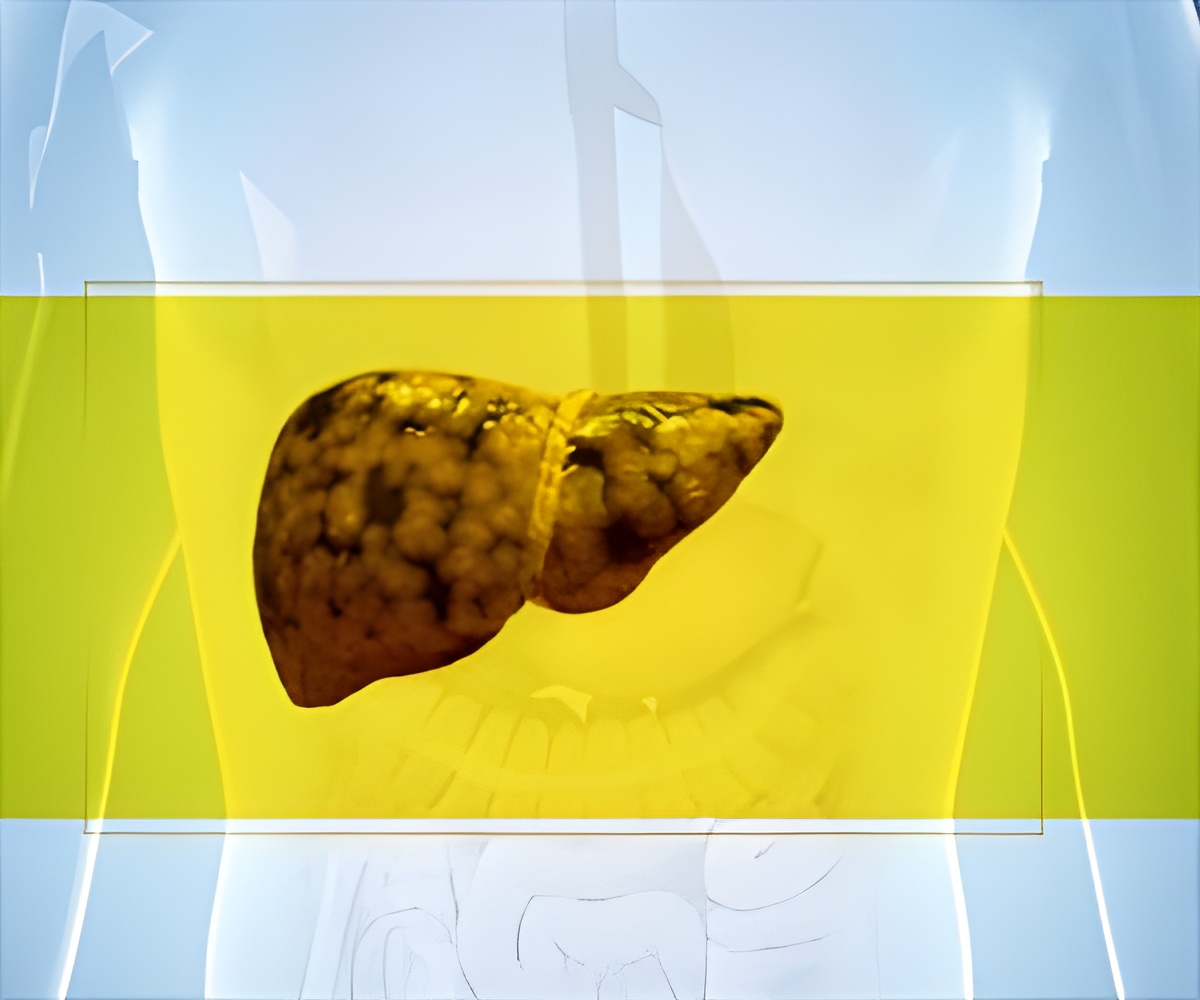Health experts suggest that Indians have a high predisposition to insulin resistance and are at higher risk of developing non-alcoholic fatty liver disease (NAFLD). “Studies show that, based on a combination of environmental and genetic factors, nonalcoholic fatty liver disease (NAFLD) is prevalent in 9 to 53 percent of the general population (1✔ ✔Reliable source
Non-alcoholic fatty liver disease: Indian perspective
). currently known as Metabolism-related fatty liver disease (MAFLD), is a public health problem in India. Obesity, abdominal obesity, diabetes, hypertension and dyslipidemia, collectively called metabolic syndrome, are the predisposing factors,” said Dr Bhaskar Nandi, Chief Advocate, Gastroenterology, Amrita Hospital, Faridabad.
Advertisement
Insulin resistance and NAFLD: a dangerous combination
“Genetic inclination towards insulin resistance contributes significantly to the prevalence of NAFLD development among the Indian population,” he added. It is widely prevalent and a quietly progressive disease and has become a leading cause of chronic liver disease, cirrhosis and liver cancer and is a common reason for liver transplants in India (2✔ ✔Reliable source
Association of non-alcoholic fatty liver disease with insulin resistance
). ”
Advertisement
Is nonalcoholic fatty liver disease (NAFLD) asymptomatic?
“NAFLD is asymptomatic until it manifests as cirrhosis in late stages. It is usually diagnosed incidentally by ultrasound or during evaluation for abnormal liver function tests (LFTs). “Some patients may experience subtle discomfort in the right upper abdomen,” said Dr. Nandi.
“As the disease progresses to cirrhosis, general health problems arise, poor health, lack of appetite and features of liver decompensation or portal hypertension such as ascites (water in the abdomen), jaundice, blood in vomit, altered sensory , kidney dysfunction and sepsis,” he warned, adding that “advanced forms of NAFLD can lead to liver cancer.”
He also said that “metabolic disorders such as diabetes, hypertension, dyslipidemia and obesity also aggravate NAFLD and lead to cirrhosis. In turn, NAFLD is an adverse marker of metabolic disease outcome.”
Advertisement
Healthy lifestyle changes for liver disease
In addition to prompt treatment, he also recommended lifestyle modification, reducing weight and maintaining strict abstinence from alcohol, to treat NAFLD. He also highlighted the need to reduce sugar, fried foods, refined foods and excess butter and oil.
“Patients should try to reduce their weight by at least 10 percent, ideally over a year, through diet and exercise. A low-calorie Indian diet, including smaller portions of home-cooked meals, is recommended,” Dr. Nandi said. .
“Focus on fruits, vegetables and legumes, while minimizing cereals and grains. Regular physical activity is strongly recommended, with 4-5 weekly sessions of 40-45 minutes each, combining cardiovascular and resistance training. Diets detox and protein supplements are not recommended,” the doctor said.
References:
- Non-alcoholic fatty liver disease: Indian perspective – (https://www.ncbi.nlm.nih.gov/pmc/articles/PMC8518336/)
- Association of non-alcoholic fatty liver disease with insulin resistance – (https://pubmed.ncbi.nlm.nih.gov/10569299/)
Source-IANS
